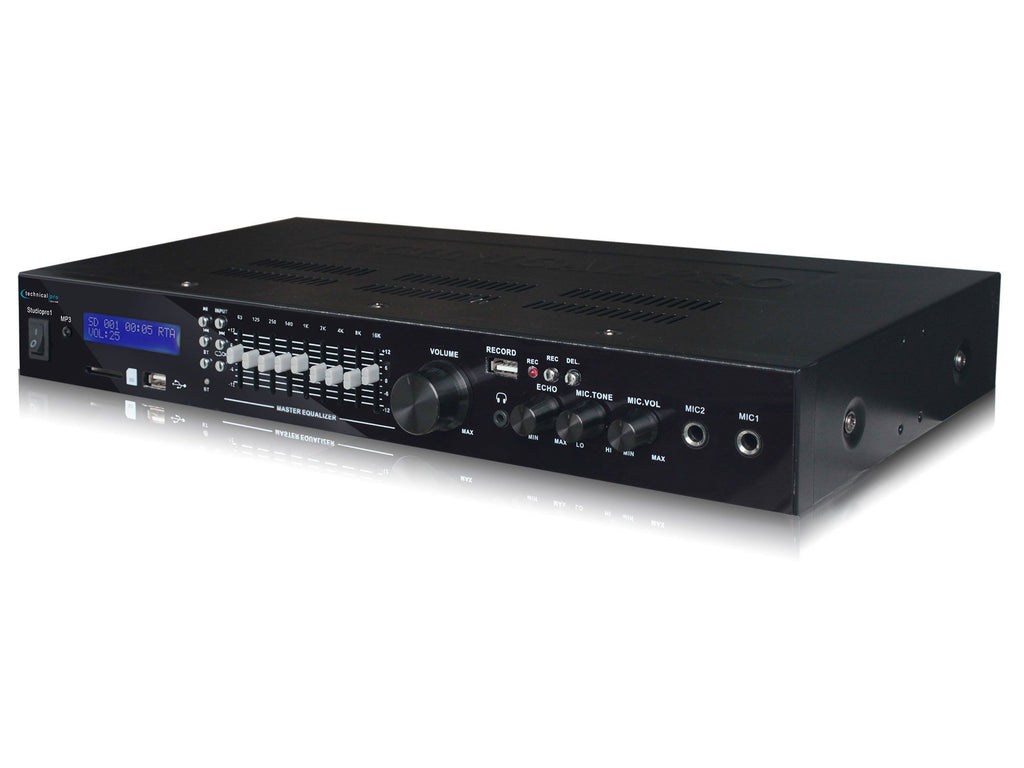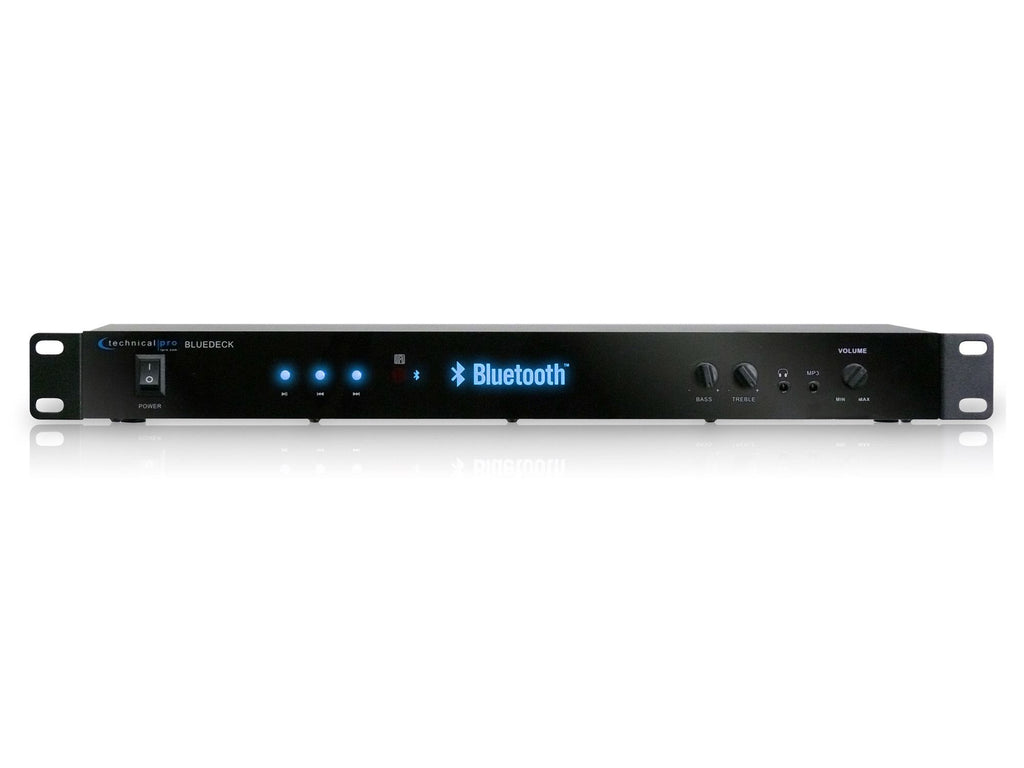

In fact, high-quality subs tend to sound their best when pulled at least 8 to 12 inches from any wall.
#Clearance for shelf over audio tuner drivers
Subwoofers with larger drivers and more powerful amps don’t need to lean on your wall for help. While we concede that a corner is often the most convenient option, it is rarely the ideal option. Unfortunately, all you’re really getting is more of the same crappy bass. Small, low-powered subwoofers like the ones that usually come with home-theater-in-a-box systems and soundbars tend to use small drivers paired with low-powered amps and, thus, tend to benefit from some boundary reinforcement. We prefer the former tactic to the latter when possible.īill Roberson/Digital Trends Where to put itĪs a general rule, placing your subwoofer in a corner or close to the wall is going to result in more bass, but not necessarily the best bass. Working against the room can involve anything from fancy EQs to room correction software. Working with the room involves acoustical treatments along with smart subwoofer placement and adjustment. In order to deal with room acoustics and the effects they have, you can choose to work either with the room or against it. On the opposite end of the spectrum are bass nulls, which happen when reflecting waves cancel one another out, leaving you with a dead spot. What you hear in such a case is that “boomy” effect or “one-note bass” which lacks definition or tautness. This occurs when a specific frequency is reinforced by room factors or by similar wavelengths occurring at roughly the same time and place.

Standing waves - which are influenced by the size of your room and the length of the sound wave - are an excess of bass energy. When they reflect off your walls, they will often bounce back into one another, creating one of two scenarios: Standing waves or bass nulls. Bass waves are essentially omnidirectional, so they tend to bounce all over the room. That’s why placement is really important.Īmong your subwoofer’s biggest enemies are parallel surfaces - you know, those crazy things called walls in your living room or den. Walls, windows, and furniture all color the sounds you hear, but bass frequencies are particularly sensitive to room factors. Most folks don’t think of it this way, but when you listen to an audio system, what you’re really hearing is the effect your room has on the audio system.

The proper integration of a subwoofer will also improve the overall sound quality of your system, adding an increase in depth and width of your system’s soundstage, as well as better sound from your loudspeakers since they’ve been relieved of a lot of the heavy lifting. In short, they are a more efficient route to satisfying low-end needs. Also, subs have dedicated power onboard, lessening the strain on your A/V receiver or multi-channel amplifier. Subwoofers are less obtrusive than the sort of floor-standing speakers with drivers big enough to pull off the same task. You get way more (and far better) bass for your dollar from a box purpose-built to belt it out. Though it is impossible for us to anticipate and respond to the myriad variables that your distinct room will introduce (things like floor type, ceiling type, room dimensions, etc.), we can point you in the right direction.
#Clearance for shelf over audio tuner trial
Unless you’ve got a firm handle on the science of acoustics and a deep understanding of how your A/V equipment works, placing and setting up a subwoofer for optimal performance can sometimes wind up being a case of trial and error.


 0 kommentar(er)
0 kommentar(er)
